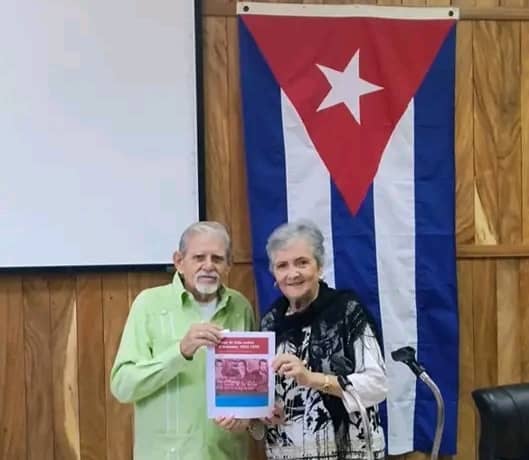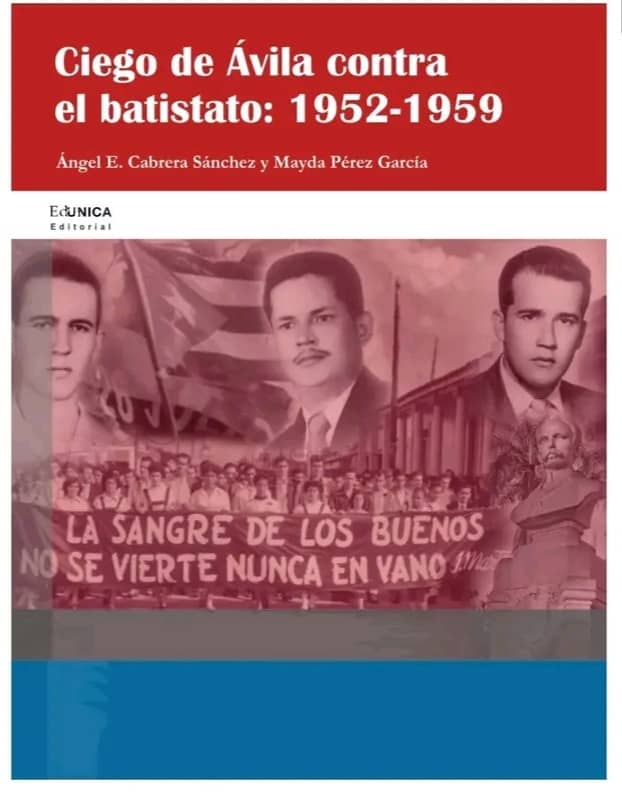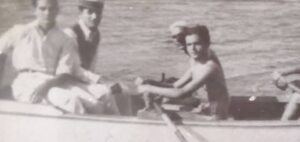With the clear intention of bringing the readers of Ciego de Avila, whatever their age group, closer to the events they relate and investigate, Ángel Cabrera and Mayda Pérez García have proposed a necessary and well-documented book. The new publishing house Eduniv of the University of Ciego de Ávila, Máximo Gómez Báez, has kindly agreed to publish it in 2024, under the care and editing of Daneisy del Castillo Gómez.
Admiration and respect are the fundamental weapons with which Ángel and Mayda have elaborated a book which covers more than 40 years of research and which has the merit of bringing together numerous bibliographical sources – magazines, newspapers, books, interviews – and other oral sources, such as the collection of information from more than 400 protagonists of these events which fill the most beautiful pages of our history: members of the student, workers’ and women’s movements; of the orthodox youth; of the 26th of July Movement; of the Revolutionary Directory and of the Popular Socialist Party.
Pages of which the grateful and most authentic Avileño should feel proud, because they reflect us as we are in essence: contentious, just, hospitable, fighters and, above all, anti-imperialists. Like each and every page of this volume, which makes it clear that capitalism, in its final phase, is openly imperialist and that it does not cease in its struggle against the memory of the colonised peoples, their culture and independence.

In a tribute to those who manage to impart a taste for the study of history – from teaching, orality or writing – these authors have erected an investigative volume with historical and scientific rigour, enabling them to achieve a high level of accuracy and reliability in the information presented.
It is written in simple language so that it is accessible to the general public and, in particular, to the new generations, invaded by unverified and unscientific information on channels such as Facebook, YouTube and others. Although the authors are well aware that words alone do not convince many people, nor do they manage to «sell» an artistic product well.
The book is well structured in periods that mark the struggle against the batstate: a first period (1952-1955), dominated by the public and peaceful struggle; a second period (from the end of 1955 until the strike of 9 April 1958), characterised by the armed struggle; and a third period (from the setback of the strike until the definitive triumph of 1959).
Fortunately, and thanks to the invaluable efforts of its authors, this book has not remained still on the institutional shelves of Avila, but has been presented at numerous provincial, national and even international events -such as symposiums and workshops-, which validates its academic recognition and catapults it to the status of an important book with a great social and educational impact. We must not forget the nature of the current times, marked by technology and the contrasts in the loss of values, which threaten the study of history in the new generations.
In this sense, the book is very interesting because it offers specific details about places, dates and actions. It helps to visualise and contextualise each event in its proper historical place. For example, it mentions the names of the streets where meetings were held, the places where sabotage took place, the names of student leaders and much more. In these and other ways, the book describes the social, economic and political context of the time, allowing us to understand the causes and motivations behind this struggle against social injustice and to eradicate the most pressing needs of the people: health, education and economic sustenance.
Praiseworthy is the work, the hours of rigour and the constant search that these two researchers have undergone to offer us a work that should travel through every part of the Cuban geography, helping us to understand where we come from and, in short, preparing us for the future.
(Written by Vasily MP)




